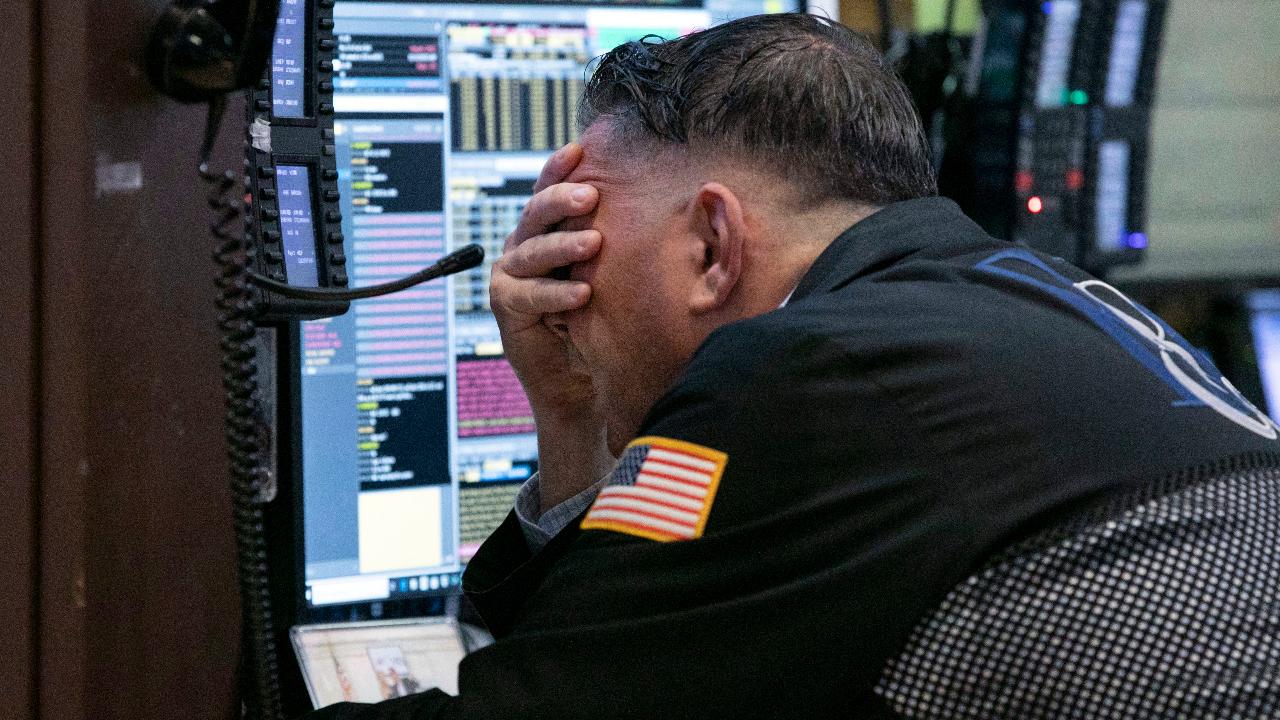Is a US recession coming? Yield curve flashes dire warning
One of Wall Street’s favorite indicators of an impending recession — the spread between the three-month and 10-year Treasury yields — just flashed the highest alert for an economic downturn since 2007.
Rates on 10-year notes sank on Tuesday to 1.73 percent and continued to fall Wednesday morning. At the end of Tuesday, they yielded 32 basis points less than the 3-month bills (at 2.05 percent), marking the most severe yield-curve inversion since the start of the financial recession a decade ago. (The yield curve has been inverted for around 11 weeks).
Yield curve inversions, which are rare, are viewed as a good recession predictor because it means that investors believe, with the interest rate on long-term bonds lower than the rate on short-term bonds, economic growth is slowing and the Federal Reserve will be forced to lower the benchmark federal funds rate.
At its latest meeting in July, the U.S. central bank lowered borrowing costs by a modest 25 basis points — the first time it did so since the 2008 recession — but has remained mum about whether a second cut is warranted at its September policy-setting meeting or if it was merely an insurance cut. Traders are currently pricing in a 100 percent chance of a second reduction.
The bond market movement comes amid inflamed tensions between the U.S. and China, after the Treasury Department this week designated Beijing as a currency manipulator, the newest front in the year-long trade war between the world’s two largest economies. The designation might be mostly symbolic, according to a Goldman Sachs note to investors, but when China allowed its currency to fall, it triggered a sharp downturn in the U.S. stock market.
The U.S.-China trade war (and the hundreds of billions of dollars in tariffs it’s culminated in) is merely fanning the flames of a global growth slowdown, according to Tom Essaye, the founder of Sevens Report Research.
Overnight, central banks in New Zealand, India and Thailand cut interest rates more than investors were expecting.
“Normally, we don’t care,” Essaye said. “They don’t move American markets. But in this global market, their bigger-than-expected rate cuts just adds to the growing concerns that we are running headfirst into a global recession. That’s what all this volatility is about.”
The spread between the 2- and 10-year note yields, another closely watched gap, is also narrowing.
So how worried should investors be?
“Worried,” Essaye said. “I don’t think panicked. But I certainly think that people should be looking at their financial state and making sure that they are ready for a potential winter.”
CLICK HERE TO GET THE FOX BUSINESS APP
Even if the Fed cuts rates in September, it’s likely too late to turn around an economy that’s already begun to slow, Essaye said. Rate cuts have a long lag time, meaning it can take up to six months before it filters its way through the economy.
“If the Fed cuts 25 basis points in September,” he said, “It’s going to be because they’re getting really scared about an economic downturn.”




















